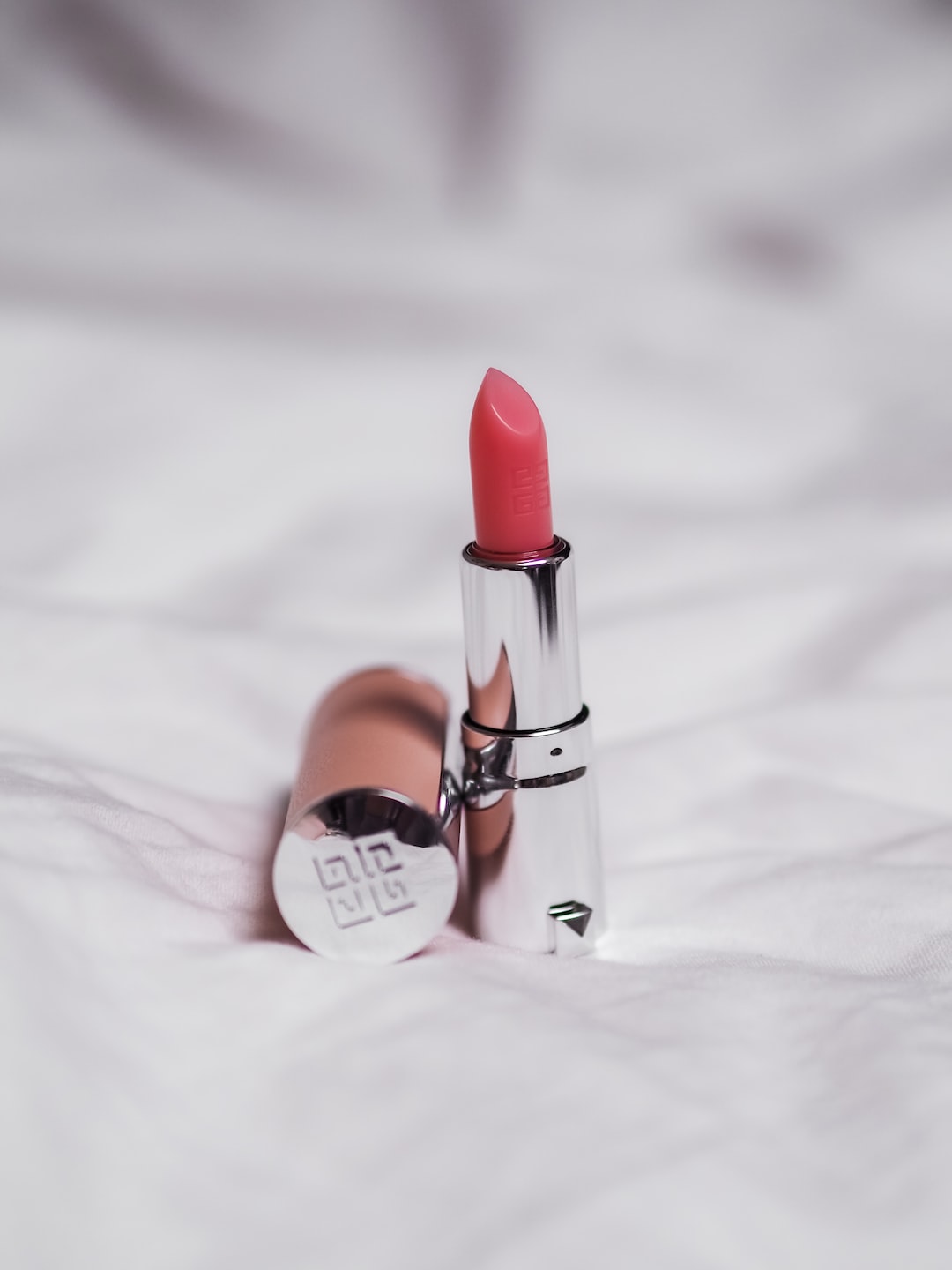Microblading has become an increasingly popular technique for enhancing eyebrows, providing a semi-permanent solution to sparse or thin brows. However, individuals who have undergone microblading may eventually want to remove or fade the pigment for various reasons. One such method that individuals often inquire about is retinol. In this article, we will explore the effectiveness of retinol in removing microblading and discuss alternative options.
What is microblading?
Microblading is a technique that involves depositing pigment into the skin using small, precise incisions. This creates natural-looking hair strokes that mimic the appearance of real eyebrows. The procedure is performed using a handheld tool with microblades, which allows for greater control and precision.
The permanence of microblading
It is important to note that microblading is considered semi-permanent and not entirely permanent. Over time, the pigment may fade as the skin continuously regenerates. The longevity of microblading varies from person to person and depends on various factors such as skin type, sun exposure, and skincare routine.
Can retinol remove microblading?
Retinol, a derivative of vitamin A, is commonly known for its anti-aging benefits and skin rejuvenation properties. However, when it comes to removing microblading, retinol alone may not be effective. While retinol can help accelerate the natural fading process of microblading, it is unlikely to completely remove the pigment.
Alternative options for microblading removal
If you’re looking to remove or fade your microblading pigment, there are alternative options you can consider:
Laser tattoo removal
Laser tattoo removal is a popular method for removing unwanted tattoos, including microblading. The laser breaks down the pigments in the skin, allowing the body to gradually eliminate them. Several sessions may be required to achieve desired results, and it is essential to seek a reputable and experienced professional for this procedure.

Saline tattoo removal
Saline tattoo removal involves tattooing a saline solution over the microbladed area to lift the pigment out of the skin. This method is less invasive than laser removal and may be a suitable option for those with sensitive skin.
Microblading fade creams
There are fade creams specifically formulated for microbladed eyebrows. These creams often contain ingredients such as kojic acid or hydroquinone, which can help lighten and fade the pigmented areas over time. It is essential to follow the instructions provided and consult with a professional before using such creams.
Camouflage techniques
Camouflage techniques involve using cosmetics or makeup products to cover up or blend the microbladed brows with your natural brows. This can be a temporary solution while waiting for the pigments to naturally fade.
While retinol may assist in fading microblading pigments, it is unlikely to remove them entirely. Laser tattoo removal, saline tattoo removal, microblading fade creams, and camouflage techniques are potential options to consider if you wish to remove or fade your microblading. It is crucial to consult with a professional before deciding on the best course of action for your individual situation.
